Chris Young finished reading Piranesi by Susanna Clarke
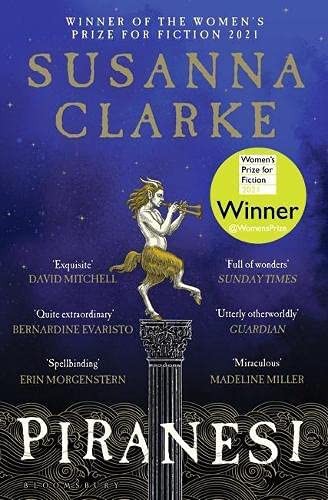
Piranesi by Susanna Clarke
WINNER OF THE WOMEN'S PRIZE 2021
Bookwyrm account I love fantasy fiction. Mastodon: @confusedbunny@oldbytes.space Avatar is from Little Monster's Word Book (Mercer Mayer)
This link opens in a pop-up window

WINNER OF THE WOMEN'S PRIZE 2021
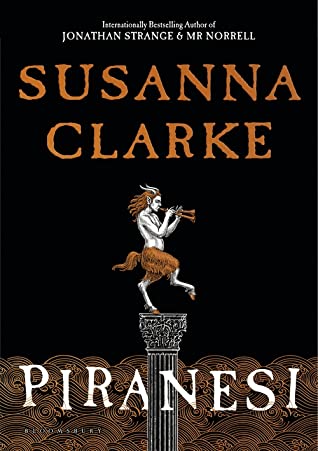
Piranesi's house is no ordinary building; its rooms are infinite, its corridors endless, its walls are lined with thousands upon …
I'm not sure I enjoyed this as much as Dragons Of Insert Season Here, but it was a fun read, especially when Tas and Mari turned up. It also ended on a cliffhanger - so eagerly awaiting the next installment!
I'm not sure I enjoyed this as much as Dragons Of Insert Season Here, but it was a fun read, especially when Tas and Mari turned up. It also ended on a cliffhanger - so eagerly awaiting the next installment!
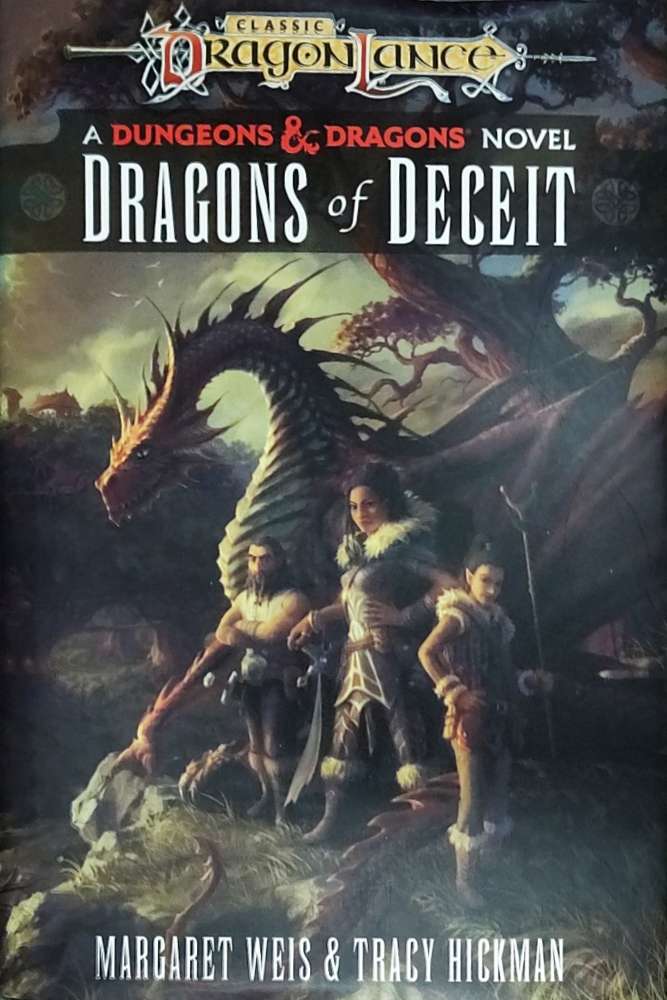
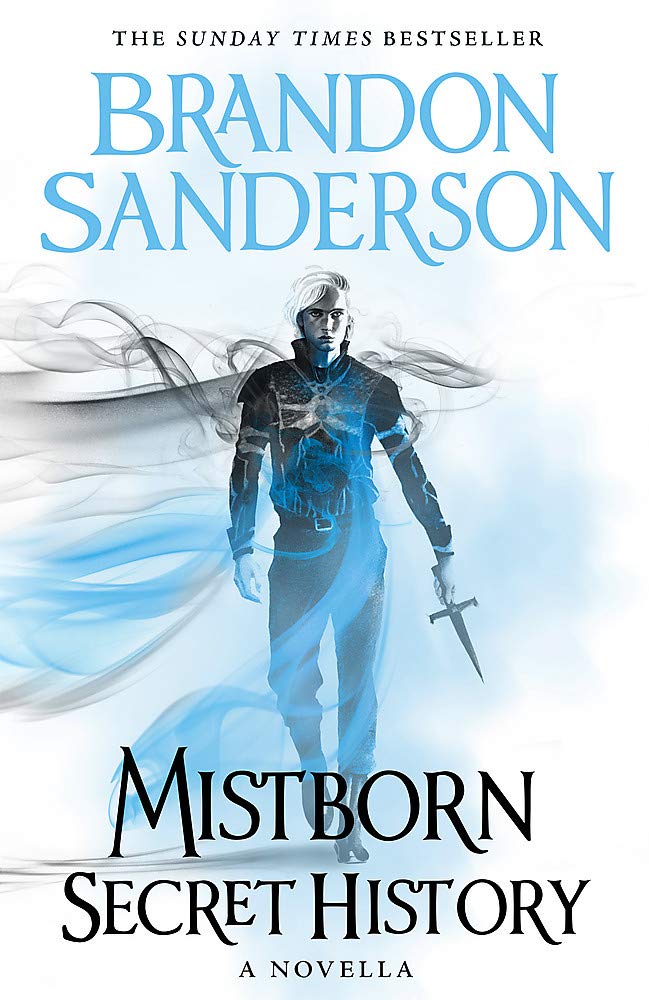
From #1 New York Times bestselling author Brandon Sanderson, "Mistborn: Secret History" is a companion story to the original Mistborn …
@chris The cool map on the inside cover tells you all you need to know.
I really enjoyed the original Mistborn trilogy. I read the first book of this second trilogy quite some time ago and wasn't keen. I then picked this up cheap and thought I'd give it a chance. I was disappointed. I'm not sure if it's just that too much time has passed between reading the original books (or indeed the first of this new set) meant I didn't understand the references, or the fact time has passed in the series itself and the setting (a sort of wild west/industrial age) doesn't appeal to me as much. I'm not against fantasy set in more modern time periods, this just didn't interest me much. I'd even go as far as to say I found it quite dull and didn't really care what happened to the characters. It's a shame as I usually enjoy the author's output.
I really enjoyed the original Mistborn trilogy. I read the first book of this second trilogy quite some time ago and wasn't keen. I then picked this up cheap and thought I'd give it a chance. I was disappointed. I'm not sure if it's just that too much time has passed between reading the original books (or indeed the first of this new set) meant I didn't understand the references, or the fact time has passed in the series itself and the setting (a sort of wild west/industrial age) doesn't appeal to me as much. I'm not against fantasy set in more modern time periods, this just didn't interest me much. I'd even go as far as to say I found it quite dull and didn't really care what happened to the characters. It's a shame as I usually enjoy the author's output.
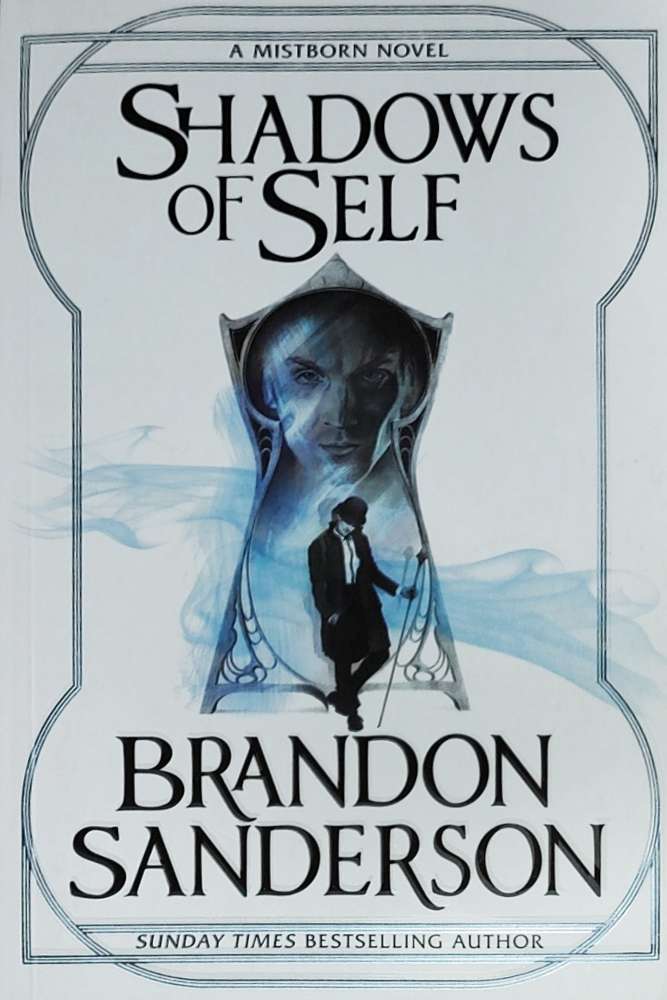
Shadows of Self shows Mistborn’s society evolving as technology and magic mix, the economy grows, democracy contends with corruption, and …

Shadows of Self shows Mistborn’s society evolving as technology and magic mix, the economy grows, democracy contends with corruption, and …
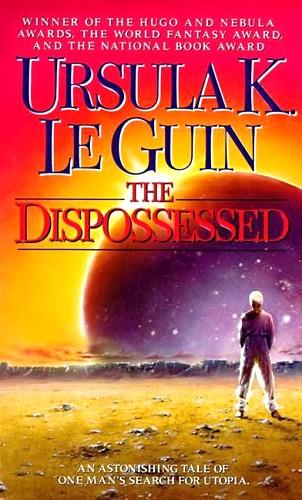
The story takes place on the fictional planet Urras and its moon Anarres (since Anarres is massive enough to hold …
"My world, my Earth, is a ruin. A planet spoiled by the human species. We multiplied and gobbled and fought until there was nothing left, and then we died. We controlled neither appetite nor violence; we did not adapt. We destroyed ourselves. But we destroyed the world first. There are no forests left on my Earth. The air is grey, the sky is grey, it is always hot. It is habitable, it is still habitable - but not as this world is. This is a living world, a harmony. Mine is a discord. You Odonians choose a desert; we Terrans made a desert... We survive there, as you do. People are tough! There are nearly half billion of us now. Once there were nine billion. You can see the old cities still everywhere. The bones and bricks go to dust, but the little pieces of plastic never do"
— The Dispossessed by Ursula K. Le Guin (Page 286)
Rather prescient writing about Earth!
This is a very good guide to the computers that made the 1980s(ish) in Britain. It covers computers that were influential, not just those that were made here. It's refreshing to see a history which isn't US-centric, where even Commodore tends to get written out.
This is a very good guide to the computers that made the 1980s(ish) in Britain. It covers computers that were influential, not just those that were made here. It's refreshing to see a history which isn't US-centric, where even Commodore tends to get written out.